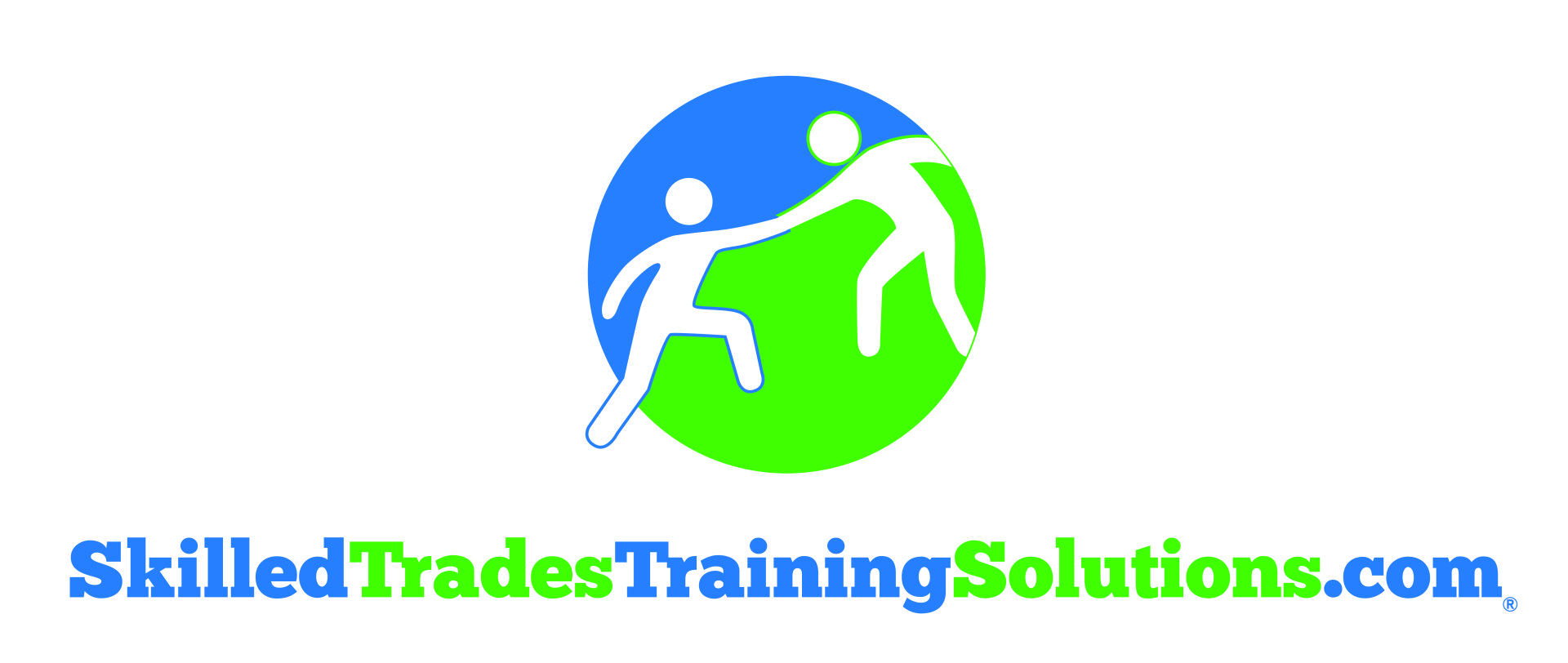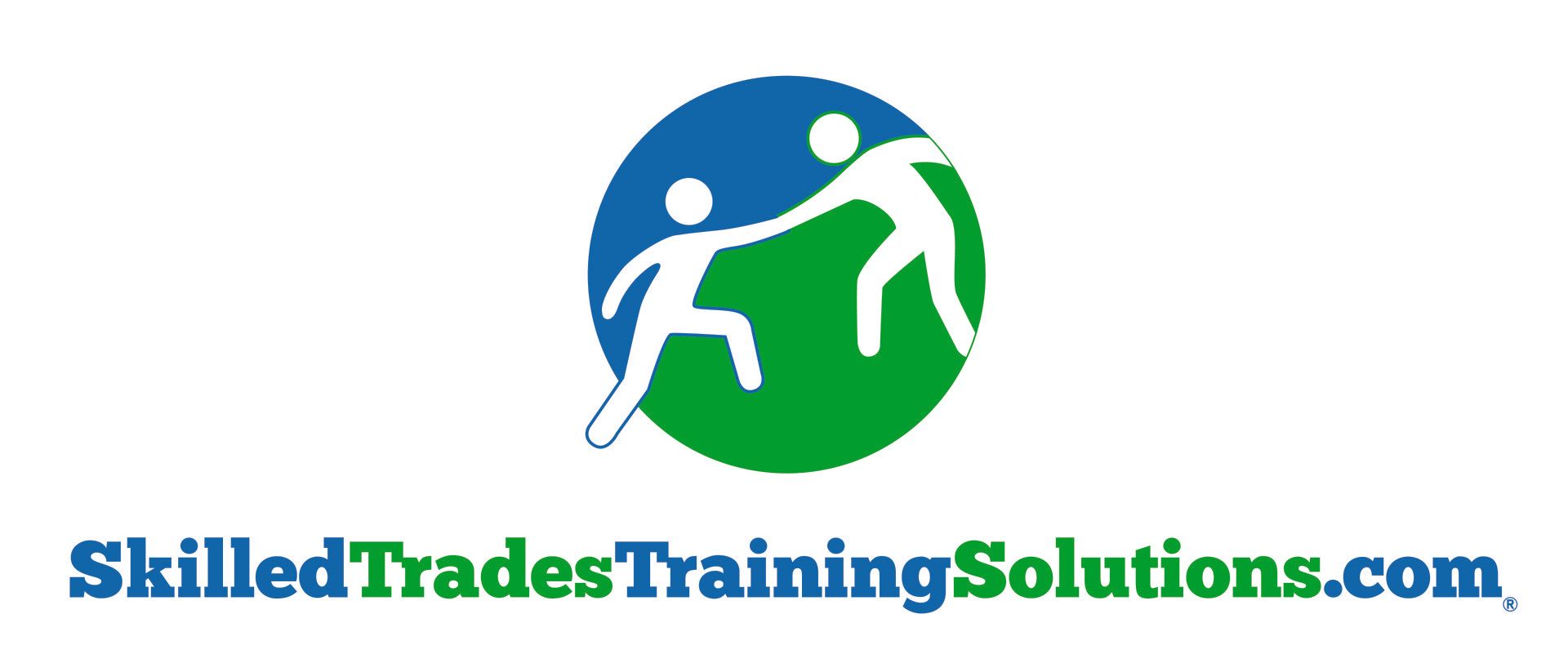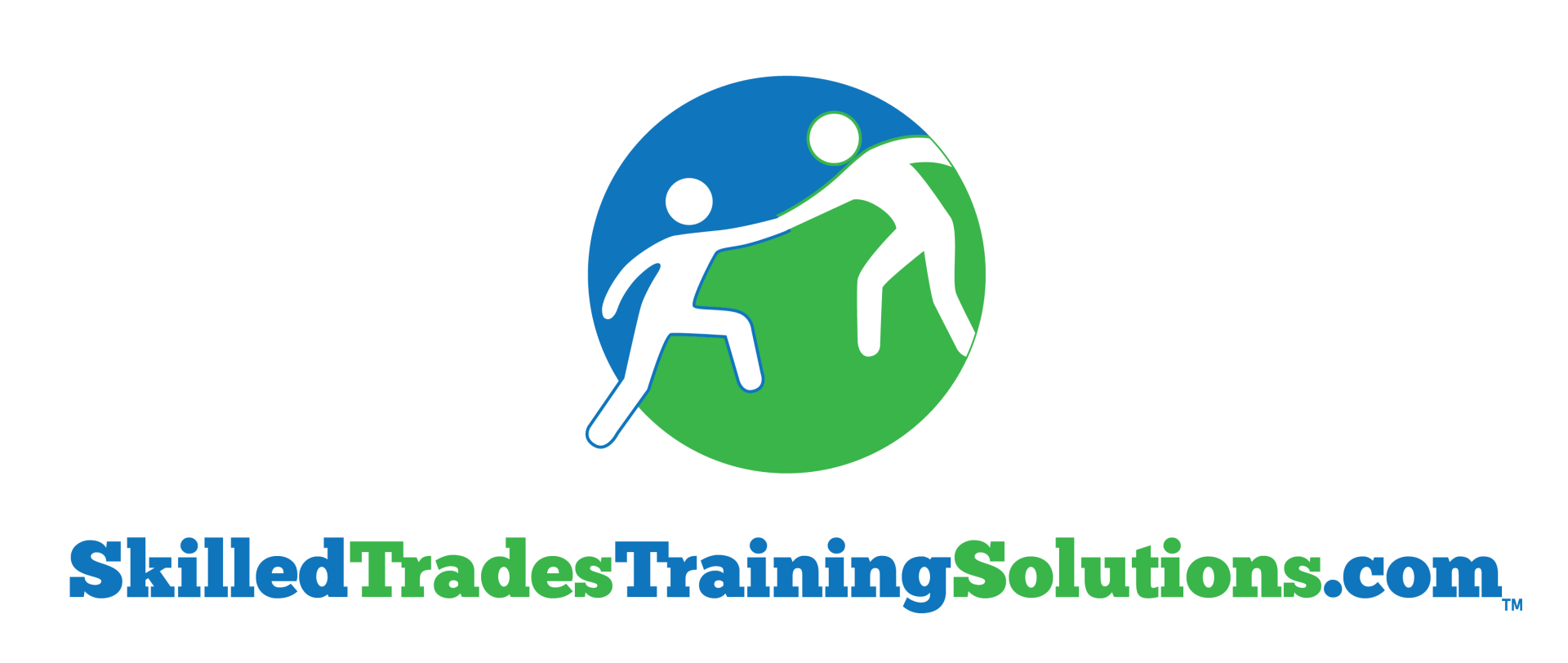Plumbing Customizable Training
Plumbing
You specialize in plumbing, we specialize in training.
Together, we can build your next generation of skilled trade professionals.
Your School Starts Here
Plumbing is one of the most important trades in the building industry because it ensures safe drinking water and clean washing water. Our plumbing program teaches the responsibilities of installing, maintaining, and repairing sanitation units, water and gas supply lines, and water heating systems within residential, commercial, and industrial residencies. Students in the program will be able to identify a leak or burst, know how to troubleshoot it, and learn the importance of being dependable. Students receive tablets and textbooks to aid them while finishing their online courses before becoming an apprentice through on-the-job training. The plumbing program aims to build student awareness on basic plumbing knowledge, equipment testing, diagnosing an issue and repairing water tanks, water/gas supply lines, and sanitation units.
Throughout the program, students study basic plumbing and safety information along with the benefits of specific plumbing techniques and common plumbing issues. Each course includes several lessons with slideshows, videos, and practice questions to advance their knowledge before taking a quiz that allows them to pass the course. Students with high motivation, determination, and the ability to succeed move on from the online courses to a paid, on-the-job training program to get them integrated in the workforce of their choice.
Excellent for Entry Level - Journeyman Level
Program Objectives:
At the successful completion of the program curriculum, students will be able to:
· Recognize the basics of the plumbing industry.
· Consider the skills for implementing plumbing tools and performing the requirements for inspections.
· Analyze the steps of installation, maintenance, and repair of plumbing and water heating systems.
· Organize plumbing responsibilities into appropriate stages for optimal workflow and effective design, installation, and maintenance.
· Calculate accurate pipe lengths.
· Explain the fundamentals of drawings and blueprints along with the assembly of piping and accessories.
· Understand the International Plumbing Code and how its requirements apply to various plumbing tasks.
Course List:
About Plumbing Careers
·Electric and Gas Water Heaters
Benefits of Low Flow Plumbing
Black Iron and Galvanized Pipe
Calculating the Slope of Drainage Pipes
Common Toilet Problems
Cutting and Joining Cast Iron Pipe
Cutting and Joining Copper Tubing
Tools for Plumbers
Welcome and Introduction- Safety
Common Plumbing and Backflow Preventers
Faucet Leaks and Repairs
Dual Flush Toilet
Math
·Area for the Skilled Trade Professional- Squares, Rectangles, and Triangles
·Quiz: Area of Squares, Rectangles, and Triangles
·Perimeter for the Skilled Trade Professional- Squares, Rectangles, and Triangles
·Quiz: Perimeter
Circles: Area, Radius, Diameter, Pie
Quiz: Circles- Area, Radius, Diameter, Pie
Volume for the Skilled Trade Professional- Rectangular Solids
Quiz: Volume of Rectangular Solids
Volume for the Skilled Trade Professional- Cubes
Quiz: Volume of Cubes
Volume for the Skilled Trade Professional- Cylinders
Quiz: Volume of Cylinders
The Inch in Fractions
Fraction Practice
Tape Measure and Fractions Quiz
Whole Numbers and Rounding to the Thousands Place
Whole Numbers Quiz
Decimals- Adding, Subtracting, Multiplying and Dividing
Decimal Quiz
Risk Assessment in the Workplace
Overview: In this lesson, you will learn how to prepare for risks and avoid hazards in the workplace to create a safe space for all employees.
Objectives: Students will demonstrate understanding of the following concepts through discussion, assignments and quizzes.
Identify risks and hazards in the workplace
Be able to take control measures
Know how to write up an accident report
Identify risk management techniques
Create a disaster recovery plan
Work Essential Skills – Effective Communication
Overview: This lesson explores the benefits of effective communication.
Objectives: Students will demonstrate understanding of the following concepts through discussion, assignments and quizzes.
Explore the importance of effective communication at work with coworkers, customers and supervisors
Identify different types of communication.
Identify how eye contact plays a role in communication.
Identify how appearance and body language play a role in communication.
Identify examples of good listening skills.
Identify examples of poor listening skills.
Explore the importance of being an attentive listener at work for customers, coworkers and supervisors.
Identify good listening skill habits.
Define feedback as it relates to good listening.
Identify how feedback can be used to check for understanding.
Identify note taking as a strategy to check for understanding.
Explore potential distractions that can interfere with communication and listening.
Identify internal and external distractions.
Identify nonverbal communication examples such as eye contact, body language, a smile, nod, etc
Identify communication skills supervisors should possess and how to begin using them as a helper
Understand how maintaining a positive attitude affects communication
Communication Strategies in the Workplace
Overview: In this lesson, you will learn of the effectiveness of communication in the workplace. Through different strategies, it will be clear how a well-communicating workplace is more successful.
Objectives: Students will demonstrate understanding of the following concepts through discussion, assignments and quizzes.
- Understand the meaning of communication
- Identify different ways that communication occurs
- Identify barriers to communication and how to overcome them
- Develop nonverbal communication skills
- Adopt appreciative inquiry as a communication tool
Customer Communication Essentials
Overview: Expert communication skills and exceptional customer support go hand-in-hand. Whether you’re answering questions, resolving problems, or developing rapport with customers—a positive experience starts with friendly, empathetic, and effective communication.
Objectives: Students will demonstrate understanding of the following concepts through discussion, assignments and quizzes.
- Learn how to improve the customer experience
- Become a better listener and communicator
- Understand how to begin and end conversations with customers
- Identify a customer’s needs
- Practice how to have a successful real-world customer conversation
·Safety for Skilled Trade Professionals:
o Manual Lifting
o Manual Lifting Quiz
o Stairway Safety
o Fall Prevention
o Back Injury Prevention
o Material Handling
o Scaffolding Safety
o Ladders
o Step Ladders
o General Safety Quiz
o Horseplay
o Repetitive Motion
o Hand Tools
o Motor Vehicle Safety
o Final Quiz
o Fire Extinguishers and Prevention
o Flammable Liquids
o Oxy Acetylene
o Chemical Safety
o PPE Quiz
o Respiratory Protection
o Eye Protection
o Ear Protection
o Head Protection
o PPE Introduction and First Aid Basics
o Test and Survey
o Housekeeping
o Working in Confined Spaces
o Working in the Cold
o Working in the Heat


